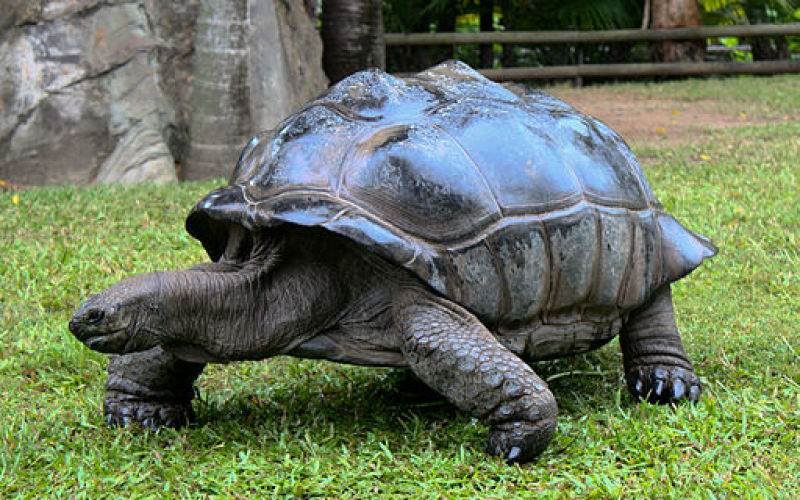
A team of researchers working in the Galapagos Islands has discovered a new species of giant tortoises living in a region in the archipelago.
According to the researchers, the new discovery will usher in new efforts geared toward the conservation and protection of these rare animals.
Originally, the researchers taught that the two types of tortoises living in the area are from the same family. However, through genetic testing, they were able to discover that these animals actually belong to a totally different species.
The newly discovered ones, were previously known as Cerra Fetal and are living on the eastern side of the Galapagos' Santa Cruz Island. Due to the location of its habitat, the new species has been dubbed as the Eastern Santa Cruz Tortoise.
The researchers noted that there are currently around 250 Eastern Santa Cruz Tortoises living in the island. Pater Paul van Dijk, an expert in tortoises who is not a part of the study, said that these animals may have migrated to the island due to an extreme weather event such as a typhoon or hurricane, according to the New York Times.
For Adalgisa Caccone of Yale University and leader of the research team, the identification of the new species will pave the way for conservation efforts to guarantee its survival.
"The naming of this new species will increase efforts to protect and restore the Eastern Santa Cruz Tortoise," she said in a press statement. "Its low numbers, limited geographic range and reduced genetic diversity make it vulnerable. As a newly recognized species, it will now receive the attention needed to ensure its survival."
Over the past few years, the number of giant tortoises in the Galapagos has significantly dwindled due to a variety of factors. But mainly, habitat degradation, the arrival of new species and human exploitation have seriously affected their total population.
These even led to the extinction of some species such as the Santa Fe Tortoise, which disappeared over 150 years ago and the Pinta, which officially became extinct in 2012 after its last surviving member died.
Experts are confident that studies such as the one conducted by Caccone's team will lead to more discoveries and better conservation efforts to maintain the diversity in the Galapagos Islands.
"Over the last several years, the ever-growing role of genetics in guiding development of conservation strategies for Galapagos tortoises continually requires us to think in new ways." Linda Cayot, the Galapagos Conservancy's science advisor said in a statement.
According to Caccone, the research team will continue its studies in the Galapagos to learn more about the tortoises living there. Their report was published on October 21 in the scientific journal PLOS One.


















